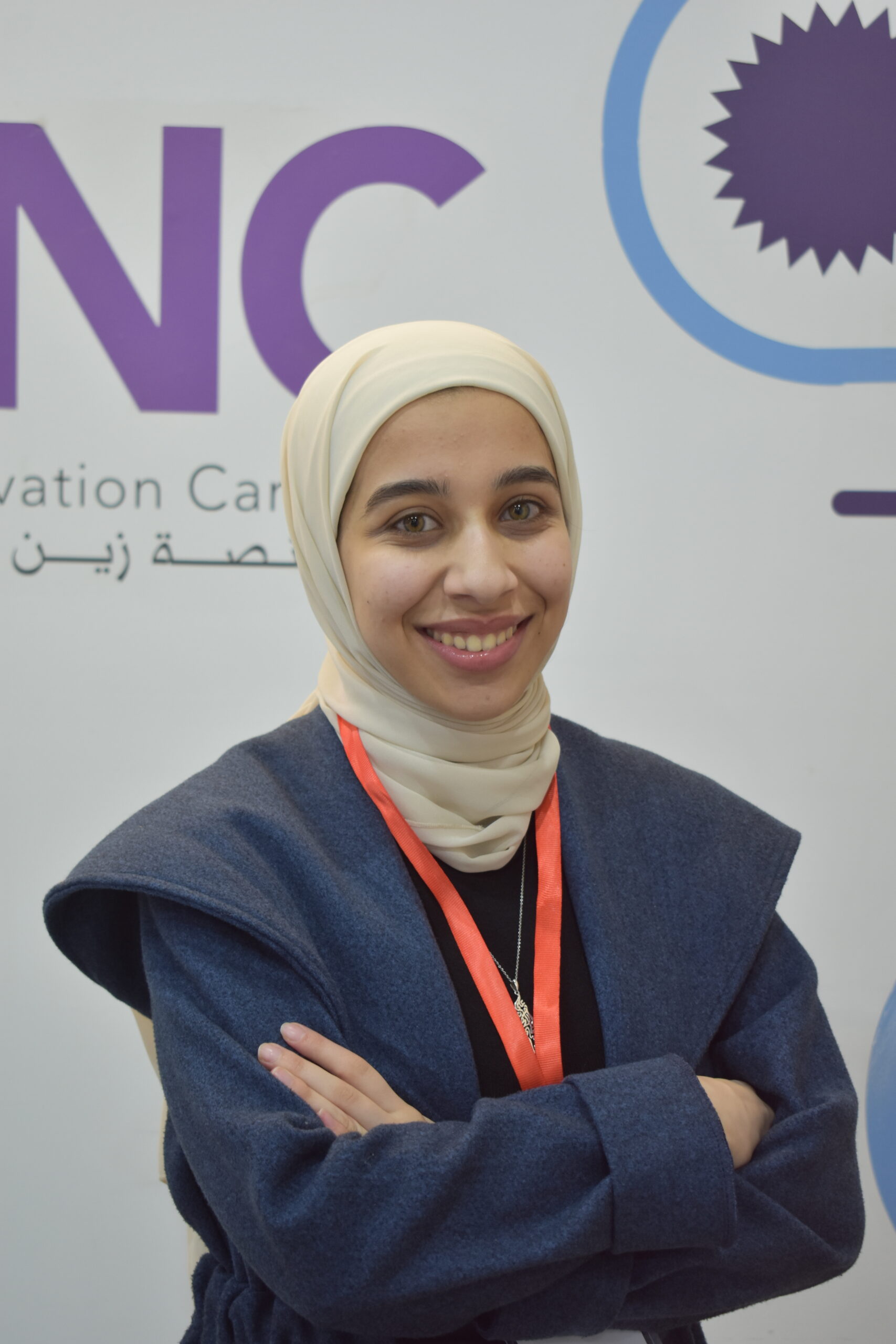Our Mission
- At IEEE, our mission is clear: to inspire, empower, and advance technological innovation for the betterment of society. We strive to facilitate the exchange of technical knowledge and expertise, providing a platform for professionals, researchers, educators, and students to connect, collaborate, and innovate.
Key Pillars of IEEE
- Professional Resources and Publications: IEEE offers access to a vast array of cutting-edge publications, including journals, magazines, conferences, and standards, providing members with the latest insights and developments in their respective fields.
- Global Networking and Collaboration: With a presence in over 160 countries, IEEE serves as a nexus for global networking, enabling professionals to connect, share knowledge, and collaborate on projects of global significance.
- Education and Career Development: IEEE supports lifelong learning and career development through educational resources, training programs, certifications, and professional development opportunities.
- Advocacy and Ethics: Upholding ethical standards and advocating for responsible technology use, IEEE is committed to ensuring that technology serves humanity’s best interests.
Organization of IEEE
Communities
Be Part of IEEE
As the world’s largest technical professional organization, IEEE offers a number of ways to get involved with technical and local communities. These communities are active participants in research and authorship, conferences, and important conversations about today’s most relevant technical topics locally and globally.
Volunteering in IEEE HU
-
Officer:
An officer within IEEE HU SB is a dedicated individual who takes on a leadership role within the student branch. Officers serve for a term of one year, contributing their skills, expertise, and commitment to the growth and success of IEEE HU SB. They are selected through a rigorous process, often involving interviews and specific criteria, and are responsible for managing and leading various societies or departments within the student branch. Officers play a crucial role in organizing events, managing initiatives, and driving the overall direction of IEEE HU SB during their tenure. They commit to serving for the entirety of their term, bringing innovation and leadership to the student branch.
-
Volunteer:
A volunteer in IEEE HU SB is an individual who offers their time and skills to support specific events or initiatives organized by the student branch. Volunteers have the flexibility to participate in events for shorter periods, often by filling out forms or expressing their interest through the student branch’s social media platforms. They contribute to the success of events or projects by offering their assistance, whether it’s helping with setup, coordination, or other tasks required for the smooth execution of activities organized by IEEE HU SB. Volunteers play a vital role in the execution of events and contribute to the vibrant community spirit of the student branch.
Structure of IEEE
1. IEEE Member and Geographic Activities2. IEEE Region 83. IEEE Jordan SectionAffinity Groups in HU
- Women in Engineering Affinity Group
Celebrate 140 Years

Early Beginnings:
The origins of IEEE can be traced back to 1884 with the establishment of the American Institute of Electrical Engineers (AIEE) in the United States. The AIEE aimed to promote the field of electrical engineering and facilitate networking among professionals in the burgeoning industry.
In 1912, another pivotal organization, the Institute of Radio Engineers (IRE), was founded, focusing on radio and communication technologies. Both the AIEE and IRE were instrumental in advancing their respective fields through publications, conferences, and standards development.
Merger and Formation of IEEE:
The paths of AIEEE and IRE converged in 1963 when they merged to form the Institute of Electrical and Electronics Engineers (IEEE). This merger united professionals from various branches of electrical, electronics, and computing engineering under a single umbrella organization.
Expansion and Global Reach:
IEEE rapidly expanded its global presence, establishing chapters and sections in numerous countries, fostering international collaboration, and becoming a leading authority in technological advancements.
Throughout its history, IEEE has played a pivotal role in numerous technological advancements. From the development of communication systems, power generation, and distribution to advancements in computing, artificial intelligence, robotics, and beyond, IEEE members have been at the forefront of innovation.
IEEE publications have been a cornerstone of disseminating knowledge and research. Journals, magazines, conferences, and standards published by IEEE have served as vital resources for professionals, researchers, and academics worldwide.
Modern Era:
In recent years, IEEE has continued to evolve in response to the changing technological landscape. It remains at the forefront of emerging fields such as cybersecurity, renewable energy, internet technologies, and more.
IEEE Today:
Today, IEEE stands as the world’s largest technical professional organization, encompassing a broad spectrum of technology and engineering disciplines. It continues to drive progress through conferences, publications, standards development, educational programs, and global networking opportunities.



